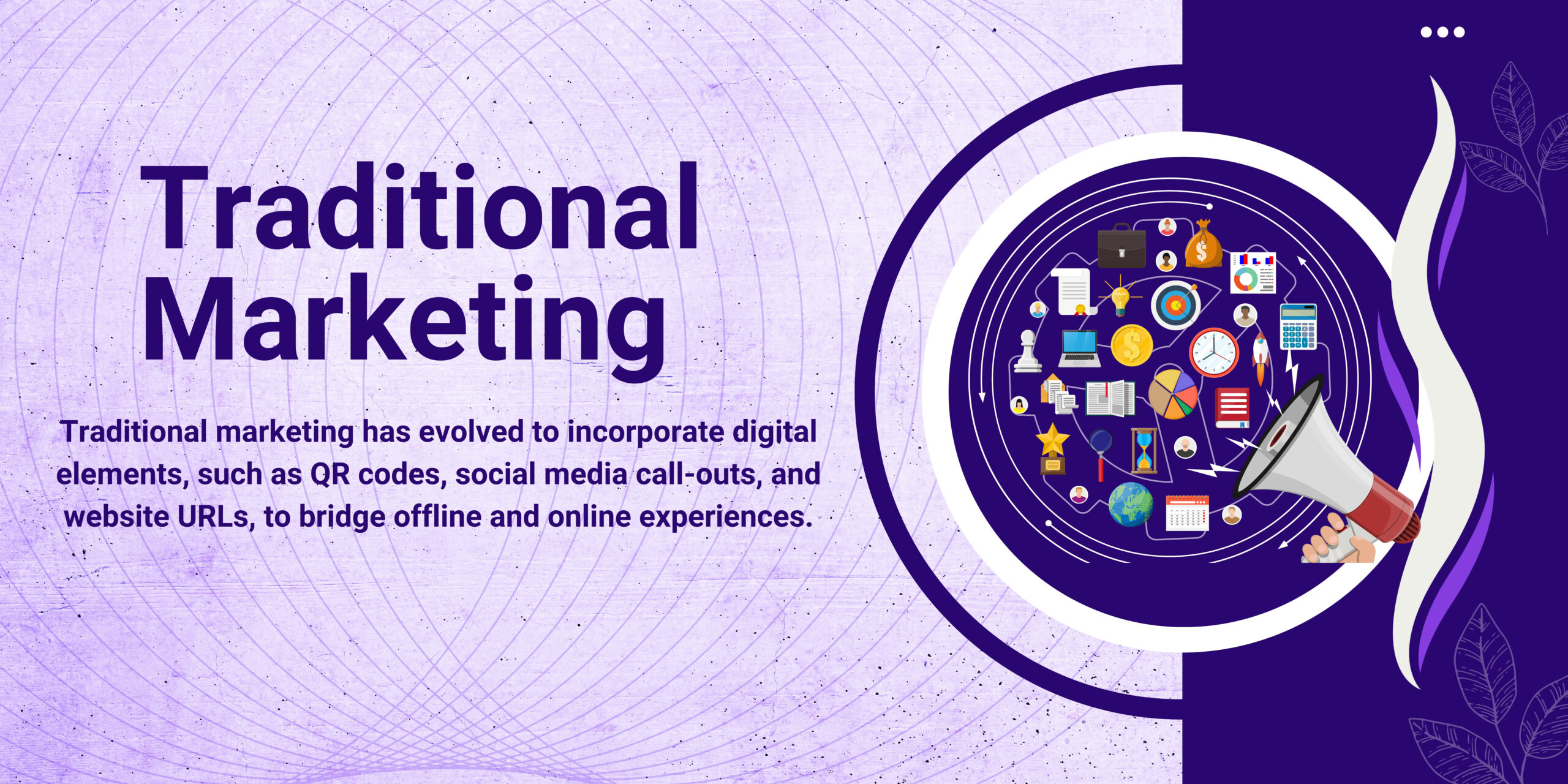
Traditional Marketing
Traditional marketing remains a vital component of a comprehensive marketing strategy, offering tangible and memorable experiences that resonate with target audiences. Despite the rise of digital media, traditional marketing channels like print, television, radio, and outdoor advertising continue to effectively reach and engage customers, driving brand awareness, sales, and loyalty.
Benefits of Traditional Marketing
Traditional marketing provides numerous benefits, including wide reach and visibility, established credibility and trust, and measurable results through coupons and promotions. Additionally, traditional marketing allows for targeted messaging through niche publications and events, enabling businesses to connect with specific demographics and interests.
Types of Traditional Marketing
Traditional marketing encompasses various channels, including print advertising in newspapers and magazines, television commercials, radio ads, outdoor billboards and posters, event marketing through trade shows and product launches, and direct mail marketing via letters and brochures. Each channel offers unique advantages and opportunities for businesses to showcase their products and services.
Effective Traditional Marketing Strategies
Effective traditional marketing strategies involve clear messaging and visual identity, consistent branding across channels, targeted advertising through niche publications, engaging event experiences, and measurable campaigns through promo codes and tracking. Businesses should also leverage customer testimonials, user-generated content, and employee advocacy to amplify their traditional marketing efforts.
Integration with Digital Marketing
Traditional marketing is increasingly integrated with digital channels, enhancing its impact and reach. QR codes, social media call-outs, and website URLs bridge offline and online experiences. Digital analytics inform traditional marketing strategies, optimizing budget allocation and campaign effectiveness.
Future of Traditional Marketing
The future of traditional marketing promises increased convergence with digital channels, personalized experiences, and measurable ROI. Emerging technologies like augmented reality (AR) and near field communication (NFC) enhance traditional marketing’s tactile nature. Data-driven marketing optimizes targeting and relevance.
Challenges in Traditional Marketing
Traditional marketing faces challenges, including high costs and budget constraints, limited targeting and personalization, difficulty tracking ROI and metrics, clutter and competition in traditional media, and shifting consumer preferences to digital channels.
Measuring Traditional Marketing Success
Measuring traditional marketing success requires tracking key performance indicators (KPIs) such as sales lift, customer engagement, brand recognition, and return on investment (ROI). Businesses should conduct market research, analyze customer feedback, and monitor campaign metrics to refine strategies and optimize budget allocation.